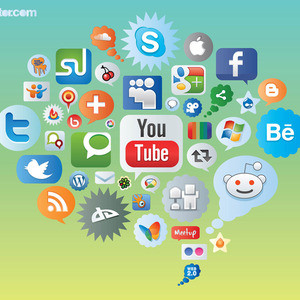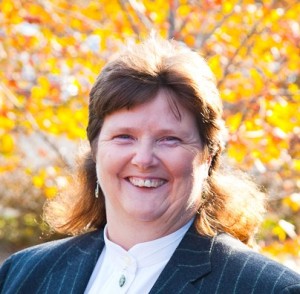Marketing doesn’t come easily or naturally to me. It surprises me that there are any writers out there who enjoy hawking their books. I accept that it must be true; I just can’t in any way, shape, or form relate to such people. I just want to write. I want to finish a book, then immediately start the next with nary a further thought.
Sadly, this is not the way the world works—especially not for indie writers, who can’t depend on publishers to get the word out. The truth is that even traditionally published authors can’t depend on their publishers these days, unless they happen to be so utterly famous that they hardly need the big push.
A year and a half ago, I released the first novel in my ongoing series (Amazon, Kobo), and was faced with the conundrum of what kind of marketing efforts to undertake. I planned a book launch (which was extremely successful), made various appearances, did a signing or two, and in general did everything I could to connect with readers. But I was faced with the dilemma of having to market not just the book, but the launch. I had to get people’s attention, and the most obvious way of doing that is going through the media.
Fortunately, I have a communications degree in which I studied journalism, advertising, and public relations. (And yet I hate most of those things, go figure.) I knew I had to assemble a press kit that contained more than a standard press release stuffed in a manila folder. I had to turn it into an event.
Today, I’m going to begin by writing about the press kit’s printed materials. I included glossy prints of the following (all with full-color letterheads and photos, which were color-coordinated to match the book’s cover):
1. The press release. This is obvious, but crucially important. Like most written forms, there is a stylistic expectation that comes with a press release, so conduct some research on what a press release looks like. It’s the only way to ensure that you come off professionally. Most media outlets receive dozens of press releases a day, however, so a slavish submission to form can be counterintuitive. There are ways to thread the needle between meeting expectations and raising eyebrows. (If I could tell you how to accomplish this for your unique project, it wouldn’t be unique.) I also signed each release by hand—a personal touch to signal that this wasn’t a form letter. This was just one of many personal touches, which I will go into a bit later.
2. Book information. On a separate sheet, I included the back cover copy, along with the ISBN number, the page size, the page length, and the release date.
3. Author bio. This page included a high-res, professionally-taken headshot. It’s impossible to stress how important it is to get a professional to take the picture. My photographer even went to the trouble of digitally removing some skin blemishes and whitening my teeth. The author bio should be pretty self-explanatory, and again I strove to find a balance between professionalism and light-heartedness. I explained my career, my background, and my interests; combined, these served to provide some qualifications for the kind of book I’d set out to write.
4. Interview questions. The goal of a press kit is to get… you know, press. But your local radio personality, newspaper columnist, or blogger may not have the time to read your 400-page book on a week’s notice to get the word out about your launch. The people writing articles about you, or conducting in-person interviews, will likely not have read your book. That’s just how it is. They won’t want to sound ignorant, so either they will (a) not bother giving you coverage at all, or (b) need some help deciding what kind of coverage to provide. You can give them that help. Provide some interview questions, a starting point from which you can address the FAQs of your book. Also include your answers, of course! I included eight questions—and yes, some of them were used. This practice also provides some comfort to you, in advance of a media interview, to know some of the questions you will be asked. Finally, don’t forget to include (both here and in several places elsewhere in the press kit), clear contact information for scheduling interviews.
5. Character sketches. The above are all expected parts of the press kit, but I wanted to include a few extra touches. I included a page of character sketches in which I teased each of the book’s three main characters and their roles in the story.
6. Further extras. It doesn’t hurt to go still further above and beyond. In the case of my first book, I had started a blog just prior to the release of the book. The blog was written from the point of view of one of the main characters. I provided information about this blog, explained its purpose and content, then included the first two entries as written samples. I ended up getting a request from a major news outlet to reprint these samples on their website, which I was only too happy to oblige, as they provided excellent teases.
And, oh yeah, in case it wasn’t already obvious:
7. Give them a free, promotional copy of the book. Not every indie author has an in-print paperback version of their book to give away, but don’t be stingy if you have them. Probably the biggest advantage of having a physical book, for marketing purposes, is that it provides you with the perfect billboard of your book. The book itself is the poster. Don’t ask a media outlet to review your book or give you coverage without actually giving them a copy. Thus, the first thing someone will see when they open your press kit is the book itself, its glossy cover staring up at them in all its glory.
There’s a lot more to this press kit business, and so far I’ve only explained the initial printed materials. This only accounts for half the kit’s contents. Come back tomorrow to read about what other goodies I included.




